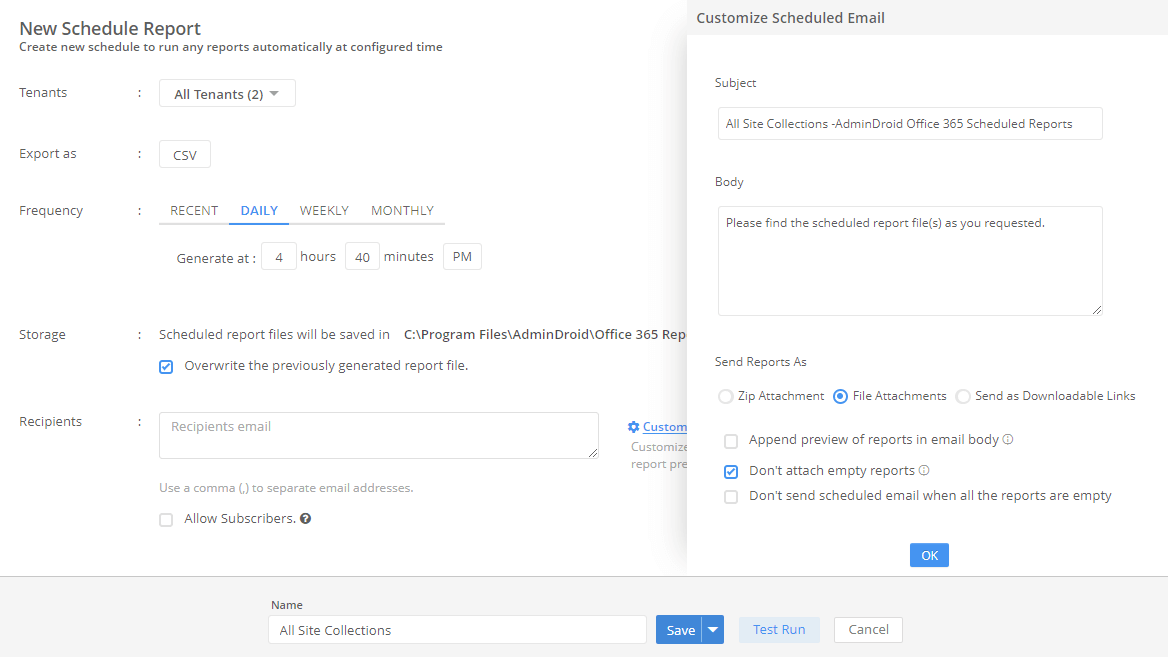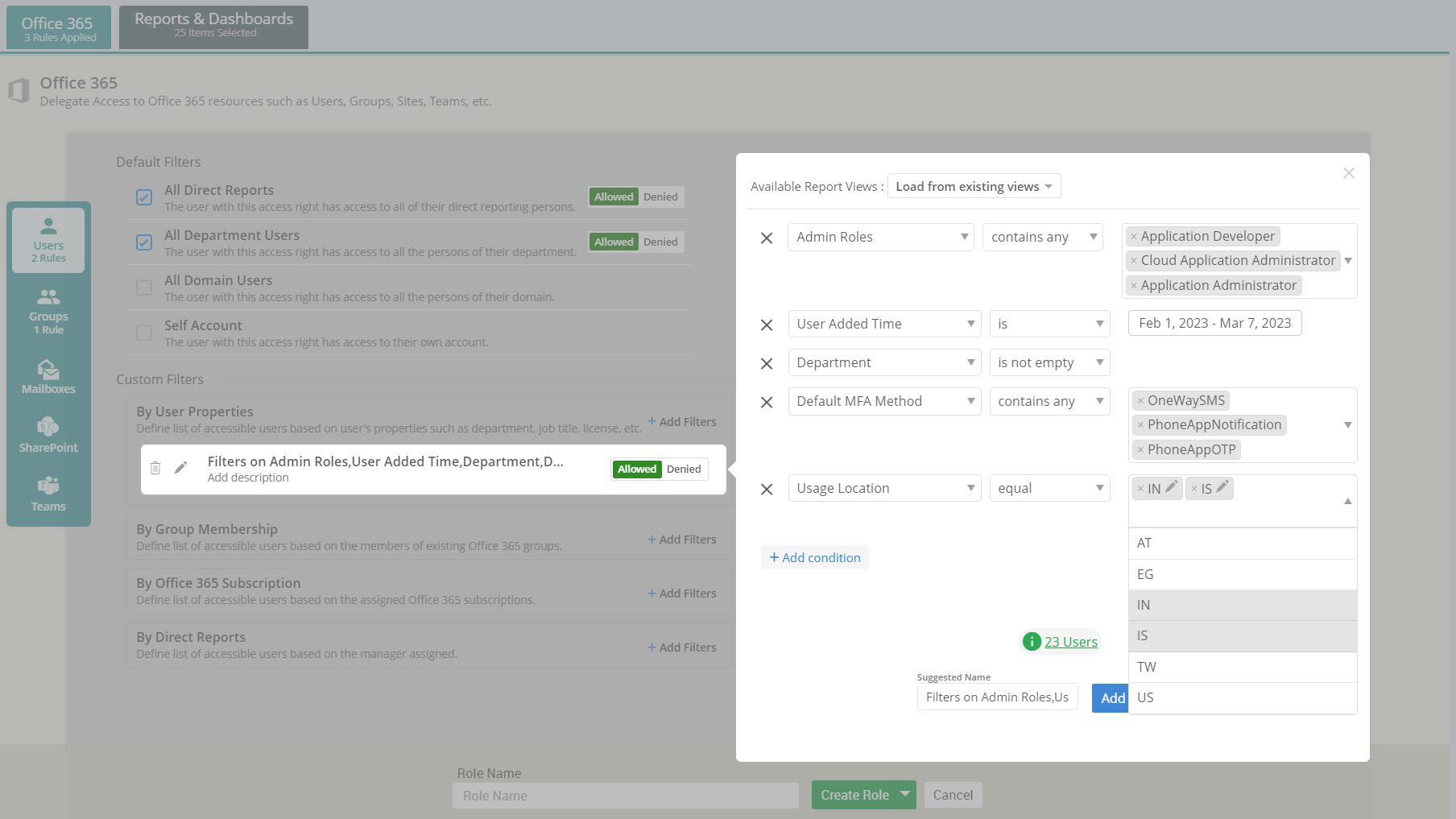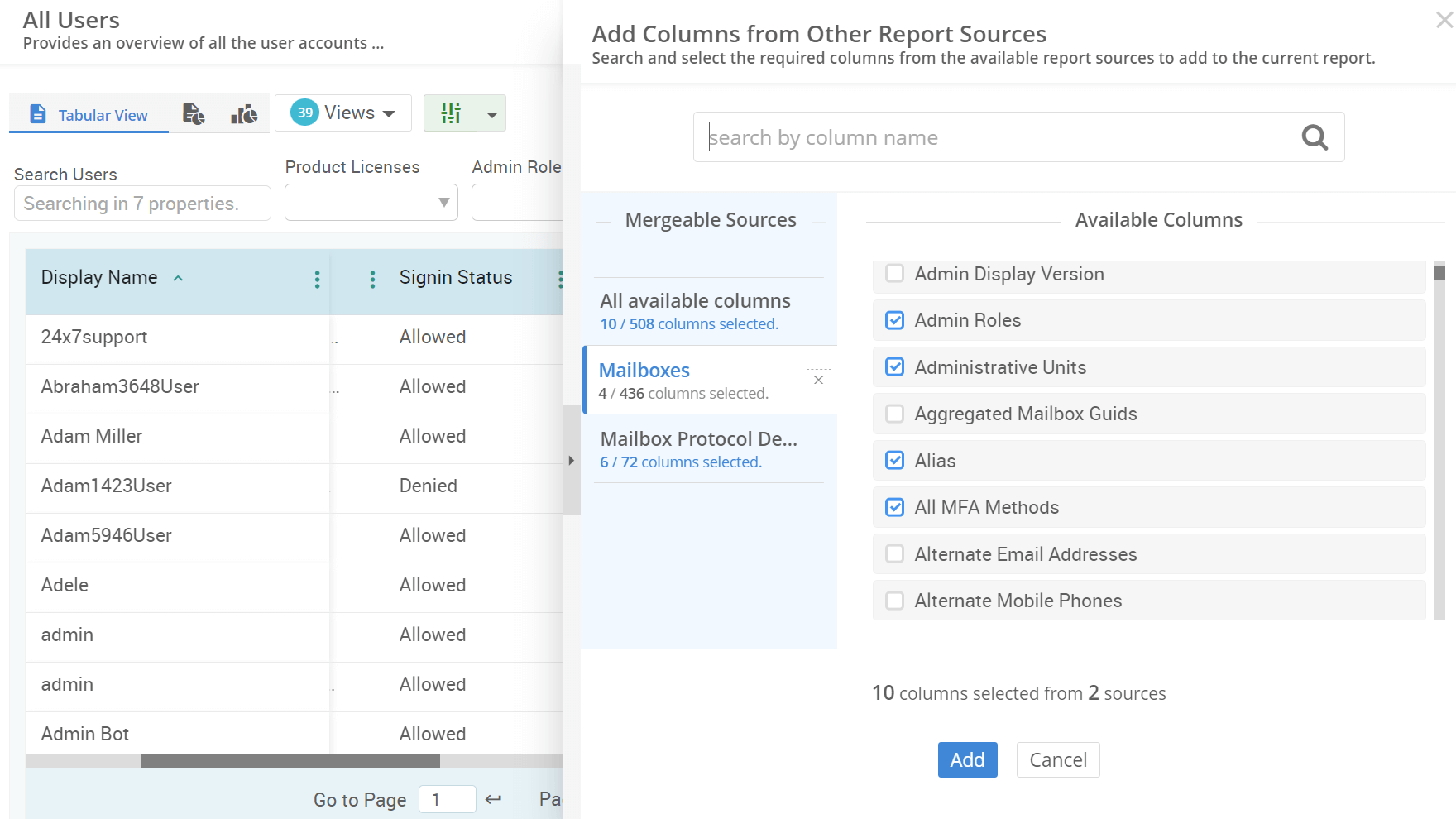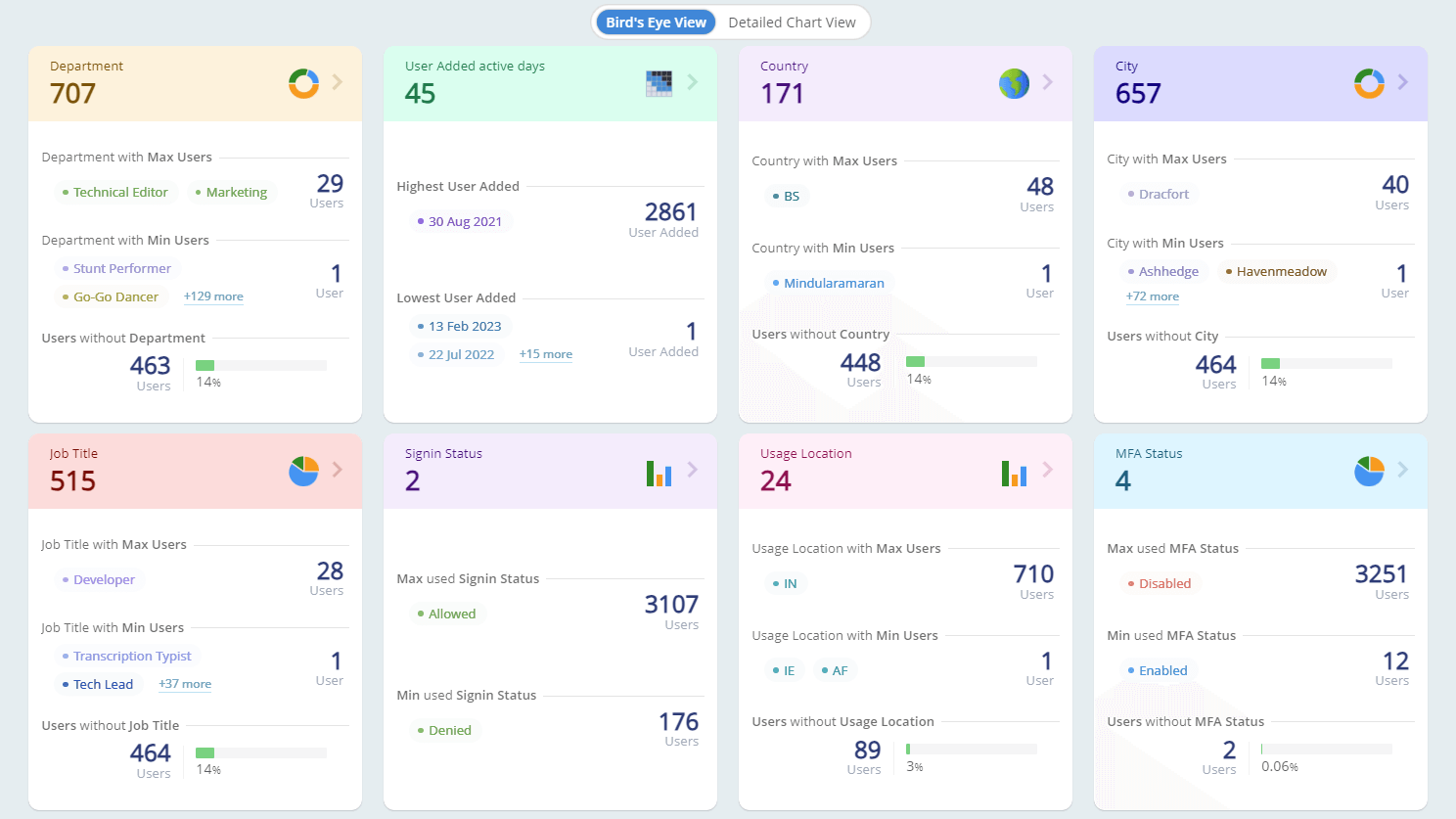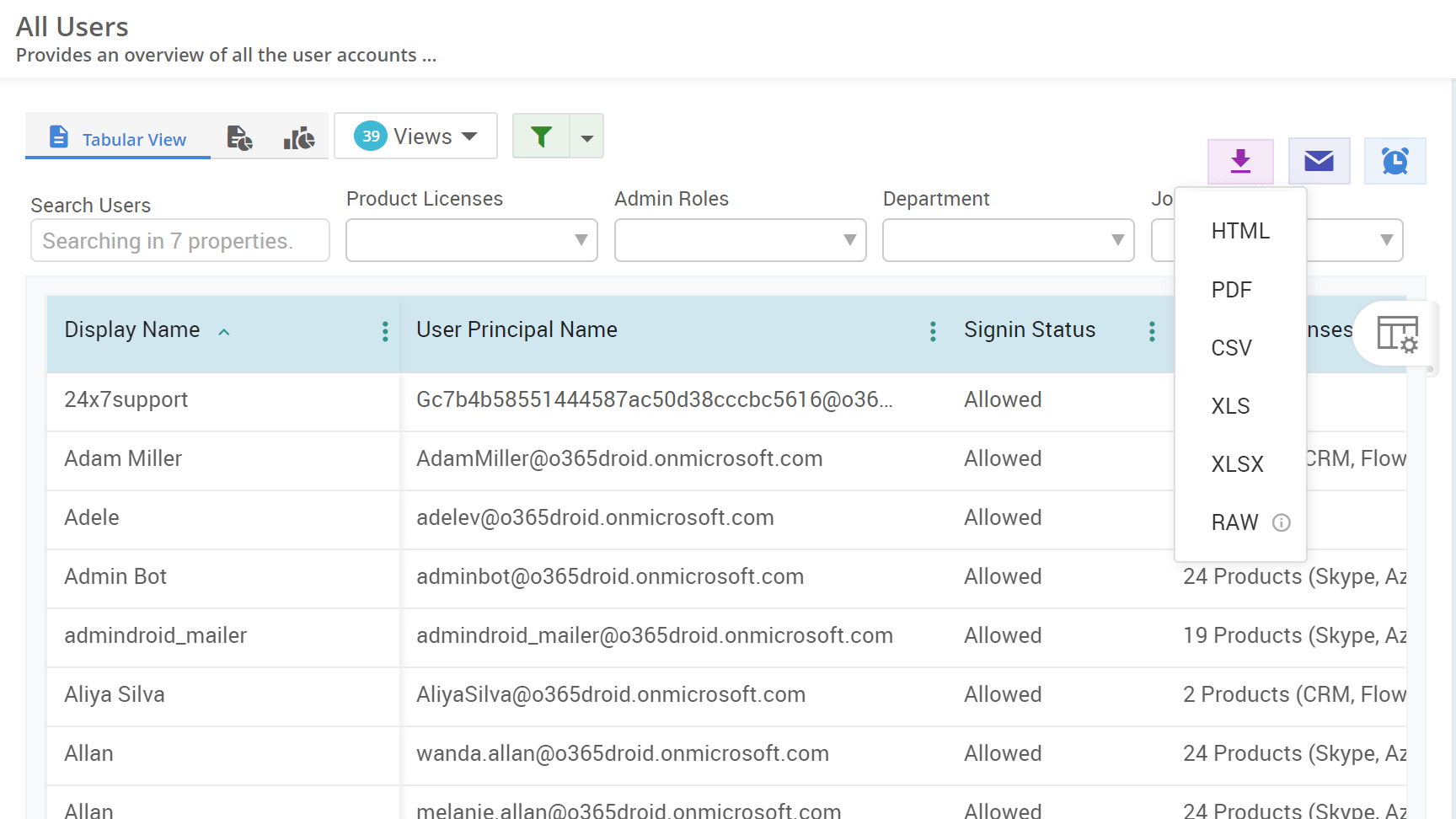Mailbox permission monitoring involves understanding the mailboxes a user can access in Microsoft 365. It helps you to efficiently resolve Exchange Online mailbox access issues and ensures that sensitive information remains accessible only to authorized individuals.
In Exchange Online admin center, you can get delegated permissions for a list of all Exchange Online mailboxes. However, getting specific user access rights is a time-consuming task.
You can get all Exchange Online mailboxes to which a user has 'Full Access' permissions using the below PowerShell cmdlet:
Get-Mailbox -RecipientTypeDetails UserMailbox -ResultSize Unlimited | Get-MailboxPermission –User <UPN>
Utilize the below PowerShell cmdlet to obtain list of mailboxes to which a user has 'Send As' permissions:
Get-Mailbox -RecipientTypeDetails UserMailbox -ResultSize Unlimited | Get-RecipientPermission –Trustee <UPN>
Since SendOnBehalf permission is not classified under the 'Mailbox permission' parameter, PowerShell cannot list all mailboxes for a given user with this permission. Also, these PowerShell commands require additional steps to export mailbox permissions to CSV, which can be time-consuming.
Therefore, we’ve crafted the unified script to effortlessly export list of mailboxes to which a specific user has 'Full Access', 'Send As', 'Send on Behalf' permissions.
- With AdminDroid’s Access to Other Mailboxes report you can effortlessly filter the ‘specific user’ using the “Easy Filter” feature. This gives a comprehensive list of all mailboxes the desired user can access and their type of mailbox access rights.
- With a single click on the mailbox icon(✉), you can email the user access to other mailboxes report directly to your inbox.
TIP: AdminDroid’s AI powered graphs enable you to get a list of mailboxes a user can access and the distribution of access rights within those mailboxes.








